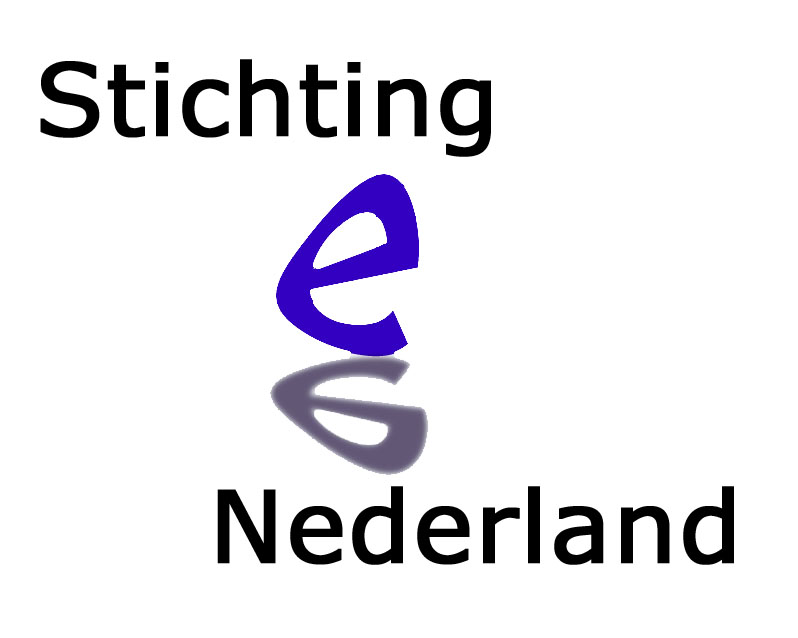 |
||||
Roundtable Session: "Campaign Orchestration" Can the Ends Justify the Means?Program managers are under pressure to continuously produce eye-catching and memorable campaigns, slogans, and materials - all to move their audiences to positive change. But what is the limit on pushing the creative envelope? "I may burp in the classroom, but I don't smoke" (from an anti-smoking program targeting youth in The Netherlands) is an example of a campaign slogan that shows how desperate some campaigners are to try to capture the attention of certain target audiences. The dilemma is clear: celebrities and credible intermediaries are proven to be effective in many settings; but what is to be done when the audience is not expected to respond to either of these approaches? Can a controversial approach work in a positive manner, and if so, should any restrictive conditions be in place for such approaches? In this roundtable session, panelists presented campaigns from Indonesia, Bangladesh, and the Netherlands. As session chair Jose G. Rimon II (USA) said, "As much as many of us may think EE can do it alone, the evidence shows that EE is only one of many approaches, that multi-media is better than a single medium and that we achieve dose effects from multiple expo-sure. Indeed, a good communicator is like a skilled carpenter, knowing when to use a hammer to tap his chisel or when to gently tap the chisel with his palm." Overall, the group decided that, to be effective, campaigns should be well planned, orchestrated, and researched. "SIAGA" in IndonesiaThe Suami SIAGA project in Indonesia sought to reduce maternal mortality by encouraging husbands to be more actively involved in their wives' pregnancy and delivery. The key intervention was a multi-media campaign with complementary community-level activities that aimed at changing attitude and behavior on safe delivery. The campaign was built around the Three Delays model that identifies three delays that occur during an obstetric emergency: a delay in identifying the problem and deciding to seek care, a delay in transporting the woman to appropriate care, and a delay in receiving care once she reached the facility. Anne Palmer (USA) explained that SIAGA, which directly translates to "alert" in Indonesian, also became an acronym meaning SIap (ready), Antar (transport), and jaGA (guard) to respond to the Three Delays.
Iis Dahlia, a popular singer in Indonesia, performed an EE TV and radio spot that proved to be the most effective component of the campaign. Three out of four married people surveyed remembered seeing the TV spot. The impact evaluation reported that "spontaneous awareness" of the campaign was 67% in South Sumatra and East Java while "prompted awareness" was 75%. More than 80% of the male and female respondents indicated that the Suami SIAGA campaign had taught them something new. The Suami SIAGA campaign clearly had a strong behavioral impact, with over 64% of the midwives observing a significant increase in husbands accompanying their wives for check-ups as well as during delivery of the baby. The use of a recognizable role model, in combination with high access to and usage of television in Indonesia, proved to be a successful combination for achieving results. Shabuj Shathi in Bangladesh
Shabuj Shathi was quantitatively evaluated during the 1998 National Media Survey. Evaluation results show that the drama encouraged a significant increase in audience knowledge of its four main messages: overall health, HIV/ AIDS, childhood diseases, and nutrition. Approximately 80% of the Bangladesh population in urban areas and 65% in rural areas with access to television watched Shabuj Shathi. It was rated as one of the most popular local drama serials ever seen on Bangladesh Television. Married women who watched the drama were much more likely to use a modern contraceptive than were those who did not. Almost 35% of women who watched the Shabuj Shathi drama visited a health/ family planning facility during the last 6 months compared to 23% who did not watch. After controlling for socioeconomic characteristics and other influences on behavior, married women who saw the drama were 1.8 times more likely to visit a health or family planning service facility than women who did not watch, and 1.6 times more likely to use a modern contraceptive. Antismoking in The NetherlandsDaniëlle Frissen (The Netherlands) described a controversial antismoking campaign implemented in the Netherlands in 1998. The program was set up in response to the sharp increase in the number of young smokers between the ages of 12 and 16. The Dutch Foundation on Smoking and Health developed a strategy that they hoped would appeal to youth, who often perceive smoking as "cool" and "tough." The aim of the campaign was agenda setting - in other words, motivating youth to discuss the issue of smoking. "... But I Don't Smoke!"In their project, the campaign leaders decided to show young non-smokers engaging in controversial activities. In one spot, a male adolescent is working at a posh restaurant. A haughty female guest complains about the wine and orders a glass of apple juice instead. The young man is shown heading for the kitchen, supposedly to get the drink. Contrary to the viewer's expectation, the boy empties the contents of his bladder into a small bottle, which he then serves to the woman. To her he says, "Here's your apple juice," and then "But I don't smoke!" to the audience. Criticisms from Parents and ParliamentNot surprisingly, the campaign has come under much scrutiny from parents, and even members of parliament, who argued that youngsters would be inclined to mimic the conduct portrayed in the ads. However, campaign leaders maintain that results of pretests indicate that youth are not likely to imitate this behavior, because they understand the humorous purpose of the message. The "But I don't smoke!" campaign used a variety of communication channels, including such promotional materials as stickers, T-shirts, and dance acts. As the campaign runs between 1998-2001, its general effectiveness has not been measured yet. However, a good indication of success is that an increasing number of youth use the slogan "But I don't smoke!" in their conversation.
|
![]()


 The
television serial Shabuj Shathi (Evergreen Companions) was a central part of the Green Umbrella campaign launched
in Bangladesh in September 1996. Sophia Chaudhury and Sara Zaker
(Bangladesh) presented the multi-media campaign that promoted
integrated family planning and child health services. The campaign
logo, a green umbrella, represented the overall protection offered
by these integrated health services. In Bangladesh, field workers
bring health services to people in their homes and encourage people
to go to the health centers as needed. Many are not respected
because they are young women, and many rural Bangladeshis feel
that young women who wander the village alone must be less than
honorable. Bokhul, the field worker in Shabuj Shathi, carried
a green umbrella to emphasize the symbol.
The
television serial Shabuj Shathi (Evergreen Companions) was a central part of the Green Umbrella campaign launched
in Bangladesh in September 1996. Sophia Chaudhury and Sara Zaker
(Bangladesh) presented the multi-media campaign that promoted
integrated family planning and child health services. The campaign
logo, a green umbrella, represented the overall protection offered
by these integrated health services. In Bangladesh, field workers
bring health services to people in their homes and encourage people
to go to the health centers as needed. Many are not respected
because they are young women, and many rural Bangladeshis feel
that young women who wander the village alone must be less than
honorable. Bokhul, the field worker in Shabuj Shathi, carried
a green umbrella to emphasize the symbol.
 Can
the Ends Justify the Means?
Can
the Ends Justify the Means?